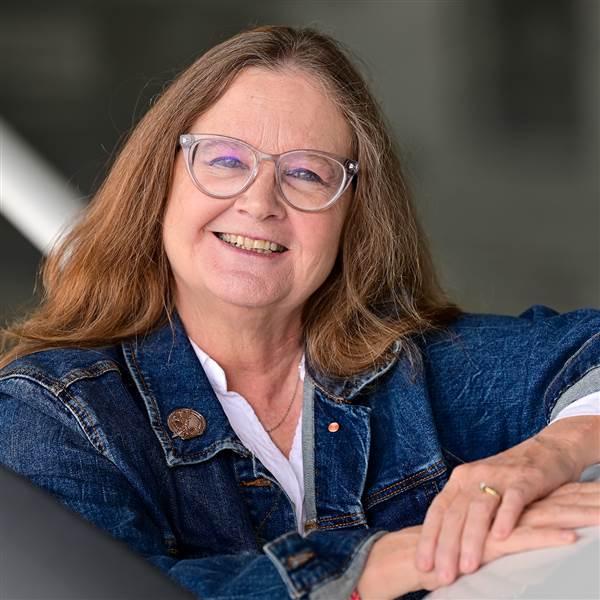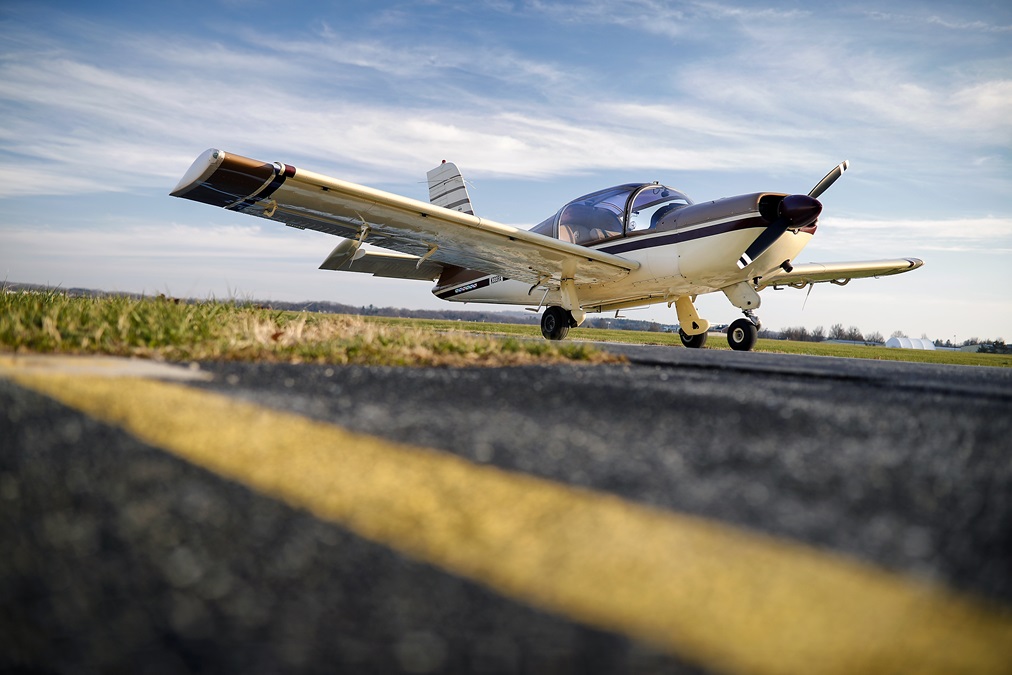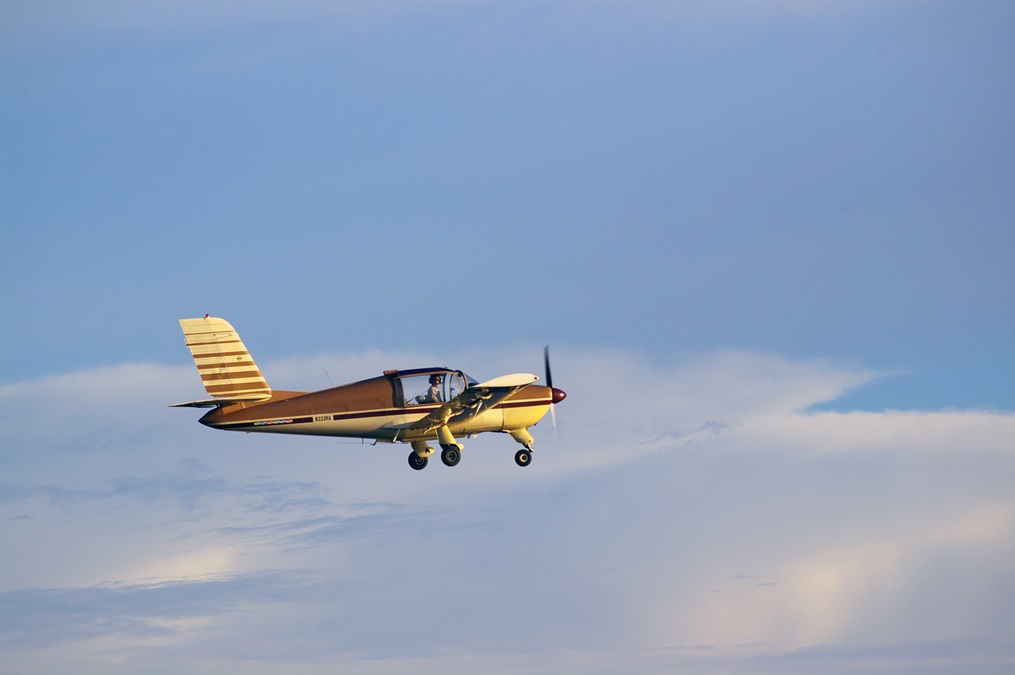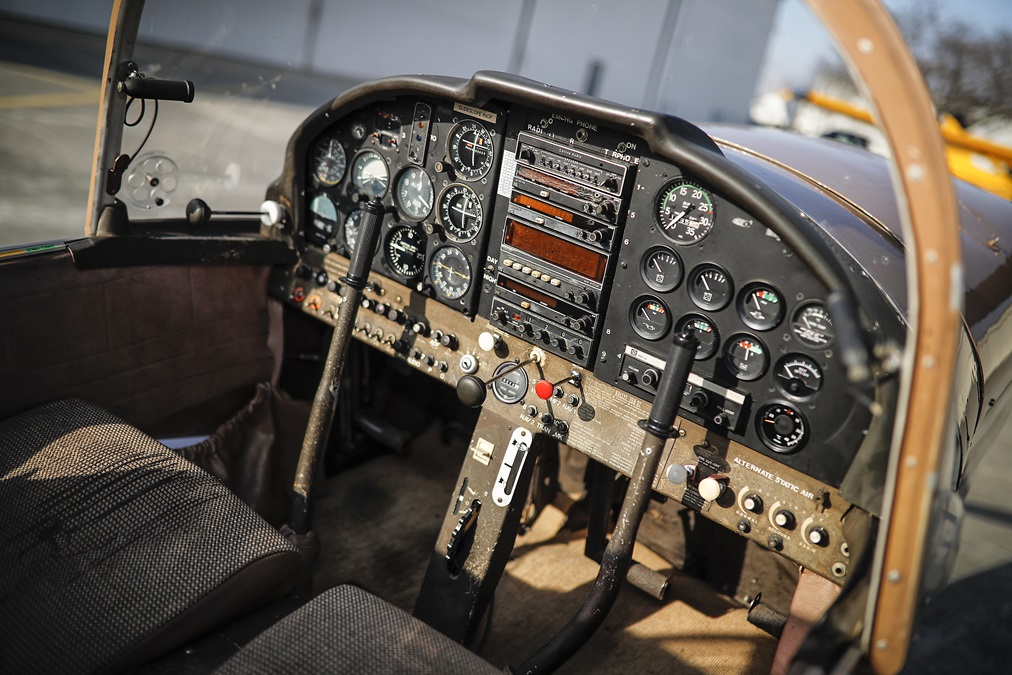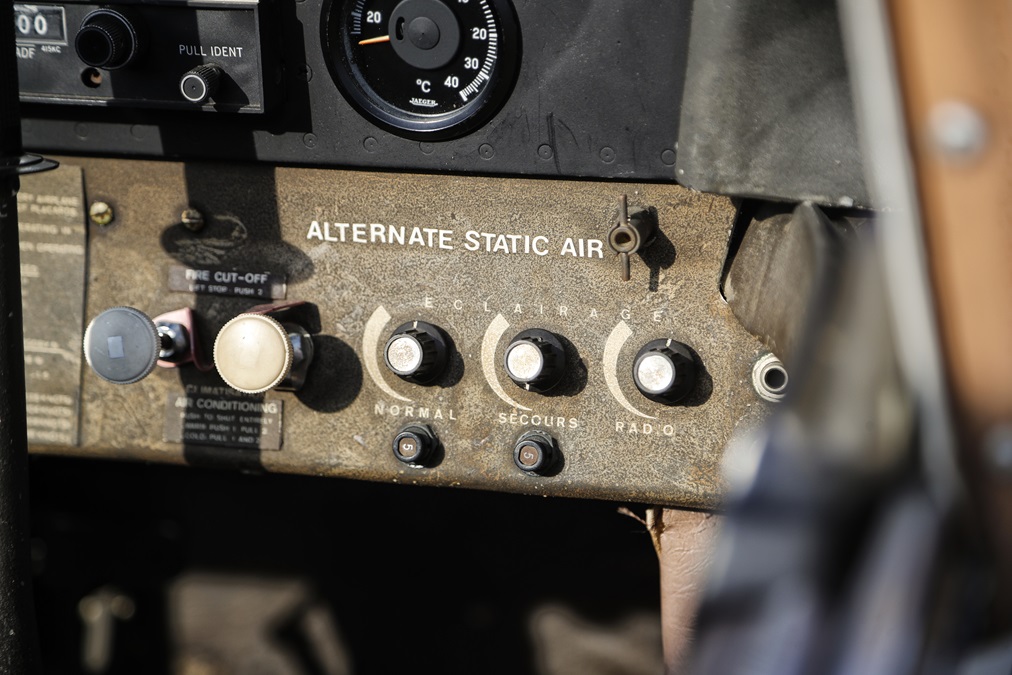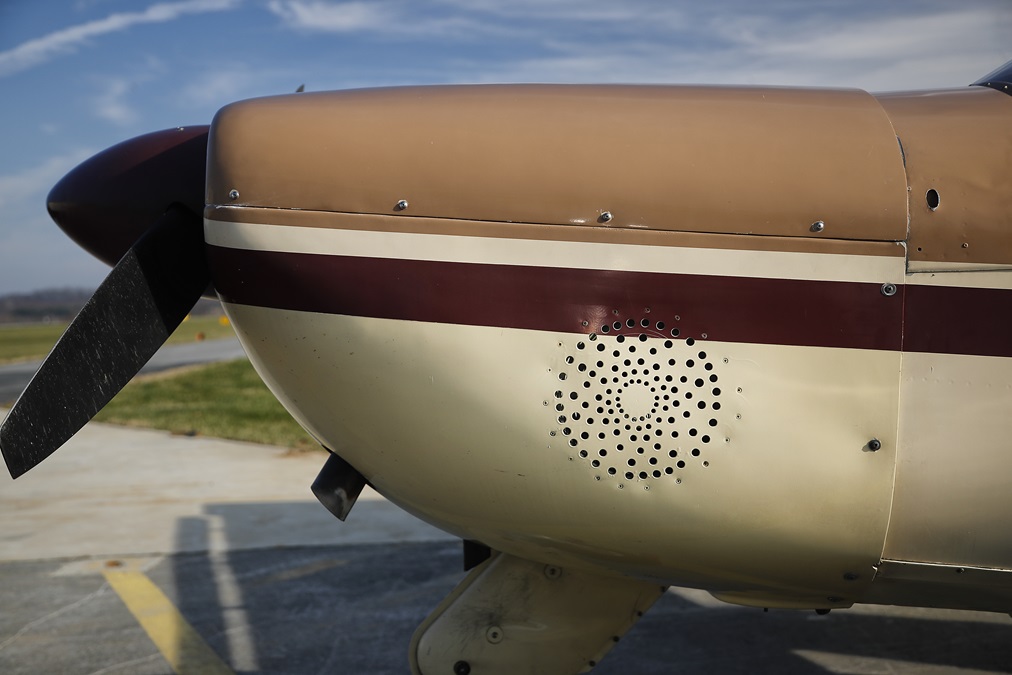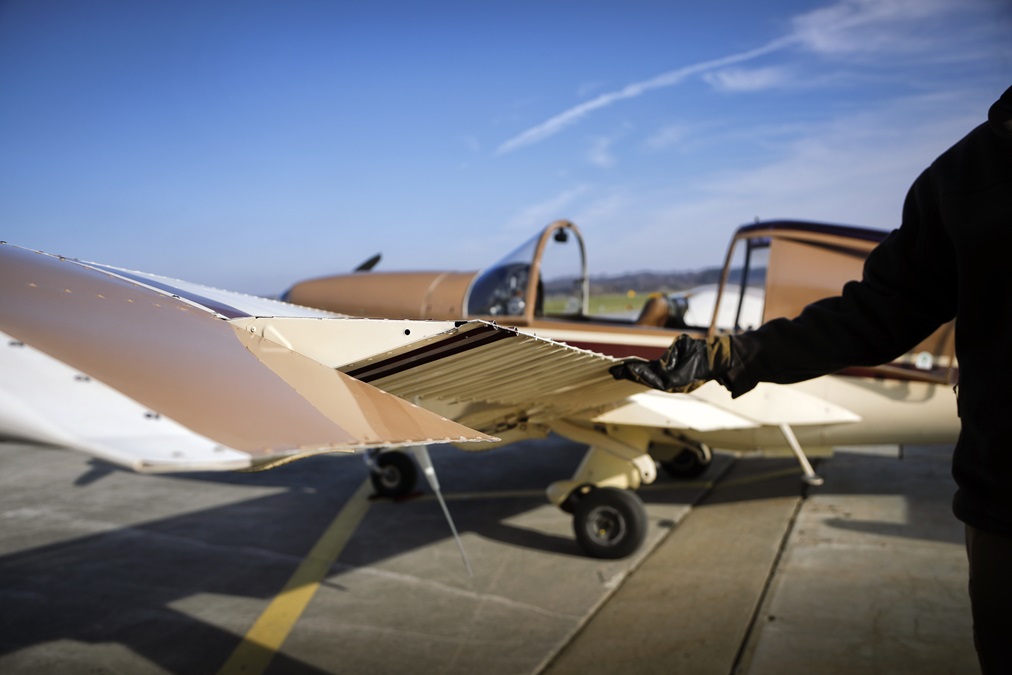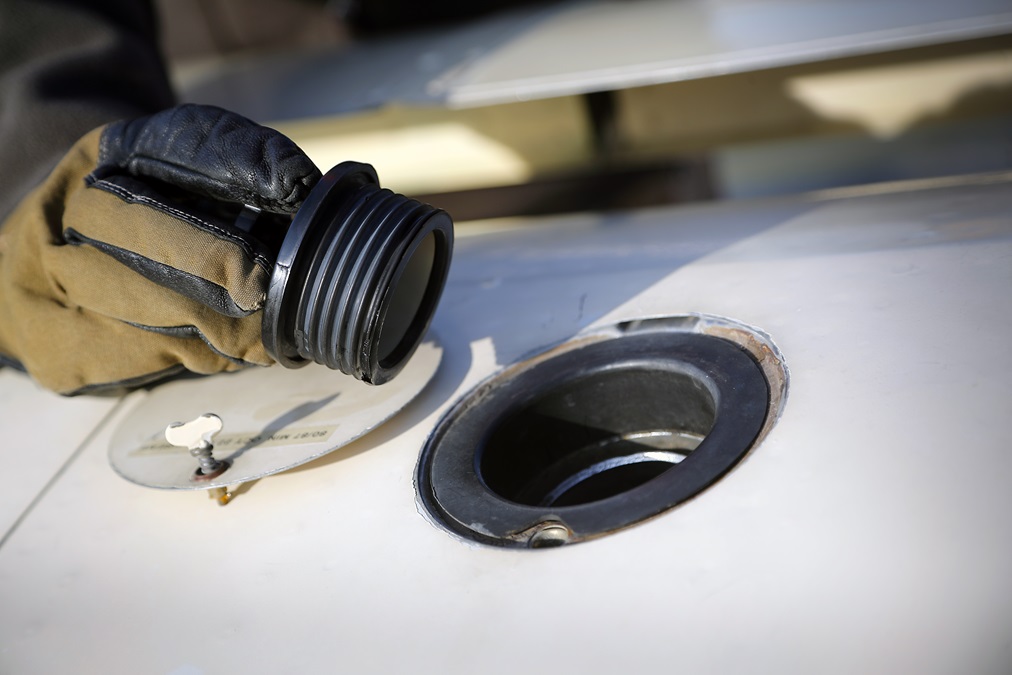Rallye in the valley
The ‘STOL-ish’ airplane with a sliding canopy packs fun into 150 horses
If only we lived in a world in which UPS used sporty little piston-engine airplanes to deliver packages. But we don’t. And so the Socata Rallye is a pretty rare bird in the United States, although it is well represented in Europe. Socata brought the aircraft to the United States, but for some reason, pilots didn’t go for it. Just why remains a mystery. Ask any Rallye owner, if you can find one; this is a fun airplane to own and fly.
“It doesn’t excel in [any] one thing,” said Shepard, “but there’s not much you can’t do with it.” Rallyes have towed banners and gliders and operated as air ambulances, because they can accommodate a stretcher and operate off short runways.
French beginnings
The aircraft manufacturer Morane-Saulnier produced the first of the line in 1959. The company merged with Socata, now Daher, and continued producing the aircraft through 1979.
The first Rallye was a two-seat low-wing monoplane with a 100-horsepower Continental engine. Succeeding models grew into four seats with bigger engines. The largest was the Minerva, powered by a 220-horsepower Franklin engine. The remaining models flew with 150-, 180-, and 235-horsepower Lycoming engines.
The Rallye was pitched to the U.S. market as a STOL aircraft that could perform in the backcountry and offered benign flying characteristics that made it a good trainer, too. But apparently there were enough U.S.-made aircraft that already fit that description. Only 70 or so were sold here.
The airplane resurfaced in Europe in the 1970s via a new type certificate; the Koliber II Model 150A was manufactured in Poland. The FAA granted type certification in 1994, and it, too, was marketed in the United States, by Waco. A 1994 AOPA Pilot article praised the airplane’s ease of accessibility and performance, but the airplane did not find a foothold here and was discontinued.
When he first saw a Rallye in 2008, Shepard was living in upstate New York, working as an airframe and powerplant mechanic and training to become a pilot. “There was a guy in Oswego who had one with a Franklin engine,” he said. “I thought it was a cool airplane.” Shepard was 18, and he wasn’t actively airplane shopping then.
Two years later, Shepard was ready to commit to airplane ownership. He’d made a list of attributes for his first airplane purchase, and he had begun looking for airplanes that checked as many of those boxes as possible. He became a Rallye convert when he found N333RA in Turners Falls, Massachusetts. He bought the airplane with a partner for $20,000, then bought out the partner two years later.
Now 28, Shepard owns Paragon Aviation, a flight school based at Deck Airport (N49) in Myerstown, Pennsylvania. He’ll teach you to fly a Cessna 172—but don’t expect to get stick time in the Rallye. Shepard can’t bear the thought of students banging it onto the runway during landing practice.
Slats out
The Rallye has a lot of similarities to U.S. trainers, plus a few outstanding features that give it a solid lead in the race for fun flying.
First is the canopy. Closed, it provides outstanding visibility. Open, it elevates flying the airplane to a sensory-heavy experience as you are treated to sounds and smells normally reserved for a flight in a Piper J-3 Cub with the doors open.
Second are the wing leading-edge slats. These deploy automatically whenever the wings enter a high angle of attack. They create lift and help the airplane to fly slower—much slower. Once you lower the angle of attack, they pop back in.
“There’s not much you can’t do with it.”—Cameron ShepardThe slats give the Rallye a feel as if it is operating in two different envelopes, Shepard said. In a performance maneuver such as a chandelle or a 60-degree steep turn, “you’ll feel the airplane start to buffet like it’s stalling because you’re asking a lot more out of the wings,” he said. When the slats deploy, the airspeed doesn’t change—but the shuddering goes away and the airplane hooks around the corner of the maneuver, he said. “It’s incredible.”
Other singularities include the piano wire that replaces rudder cables, and the fuel plugs—rather than caps on the wing tanks—that tend to confuse line personnel the first time they encounter one.
Then there’s the huge control surfaces. The rudder is enormous—Shepard uses the term “oversized”—but it’s nice because it’s responsive, he said.
On the ramp, the airplane’s stance—sitting back on its tail—tricks people into thinking it’s a go-fast airplane. It is not. “But it is really, really fun flying,” Shepard said.
Pop the top
Shepard and I flew N333RA on a warm afternoon in May 2018—a perfect day to fly with an open canopy.
A color-coded chart on the busy instrument panel indicates how far the pilot can open the canopy while in cruise. You’ll notice control sticks instead of yokes, which only adds to the sporty atmosphere.
We taxied to Runway 1 at Deck Airport. The castering nosewheel can be challenging until you get used to it, Shepard said.
Raise the nose at 37 mph and the Rallye is off the runway—and that’s a normal takeoff. Using 15 degrees of flaps for a short-field takeoff, “you can go straight up at 60 mph,” Shepard said.
The Rallye has no stall horn or warning light. Luckily, “it’s a very talkative airplane,” he said. “It lets you know what it’s doing. If it is going to stall, you feel it a long time before it happens.” The power-on stall is docile, requiring just a bit of nose-down pressure to get the airplane flying again. Bring the power to idle with flaps and the airplane stalls. The published stall speed is 51 mph. But it’s not unusual to see a stall speed of closer to 45 mph, depending on loading, Shepard said.
The open-canopy Rallye is a treat on a warm afternoon. You’re not roaring along, but who wants that, really? OK, a lot of people want that. You can wave at them as they streak past.
For a normal approach and landing, we flew 85 mph in the pattern, reduced power abeam the numbers, and added 15 degrees of flaps. We slowed down to 80, then to 60 to 70 mph over the numbers with 30 degrees of flaps. The slats deployed in the flare, and that gave us a ground roll of about 450 feet.
Remember, this is an airplane with STOL-like qualities. To get that kind of performance, fly a steeper approach that deploys the slats on final higher above the ground, hold that approach airspeed, and “you can bring the airplane in and park it,” Shepard said. “It’s not going to land like a Cub or a Husky, butit’ll land shorter and take off quicker” than a comparable Cessna or Piper, he said.
Care and feeding
As an A&P, Shepard can perform all the maintenance on his aircraft, and that helps keep his costs down. The 150-horsepower Lycoming O-320 holds no surprises. The wing tanks hold 45 gallons total usable fuel, which gives the airplane about a five-hour range. Shepard plans 9 gallons per hour in cruise at full power, and just under 8 gph at cruise. The airplane burns 6 to 7 gph with the canopy open.
“Internally it’s comparable to a Cessna or a Piper,” he said.
Sourcing airframe parts, on the other hand, never ends.
The Rallye has no stall horn or warning light. Luckily, it’s a very talkative airplane.
“It’s tough to find Socata parts,” Shepard said. If he has to order from the factory in Tarbes, Frances, it hurts. He recently had to replace a connecting rod for the slats. “The part was $700 and the shipping was $900,” he said.
He keeps an eye on Rallye internet forums. Thankfully, he hasn’t needed to purchase too much. But he’s on the lookout for a set of nose strut rollers and interconnectors.
Tires are a big expense—$400 apiece new, $250 retreaded—so he’s careful with the nosewheel on landing to preserve it.
Shepard sometimes treats students at his flight school to a ride in the Rallye. They all love the airplane. One student fell so hard she shopped for one herself—but eventually settled on a Grumman Cheetah.
But Shepard won’t put N333RA on the flight line, even though it’s a perfect trainer. “It’s my first airplane,” he said, laughing. “I can’t teach in it—that would be too hard.”
Email [email protected]
